Urinary Tract Infection in Children
Return to Overview PageDefinition & Facts
In this section:
- What is a bladder infection?
- How common are bladder infections in children?
- Which children are more likely to develop bladder infections?
- What are the complications of bladder infections in children?
What is a bladder infection?
A bladder infection is a common type of urinary tract infection (UTI) most often caused by bacteria that enter the bladder and multiply. If untreated, a bladder infection can spread to your child’s kidneys and develop into a more serious infection.
Does bladder infection have another name?
Bladder infections may also be called cystitis. Sometimes people use the general term, urinary tract infection or UTI, to mean a bladder infection. However, UTIs can occur in other parts of the urinary tract, such as the kidneys.
How common are bladder infections in children?
UTIs, including bladder infections, are common bacterial infections in children. By age 7, about 8% of girls and 2% of boys have had a UTI.1 Up to 3 out of 10 children may have another UTI within 6 to 12 months of their first one.2
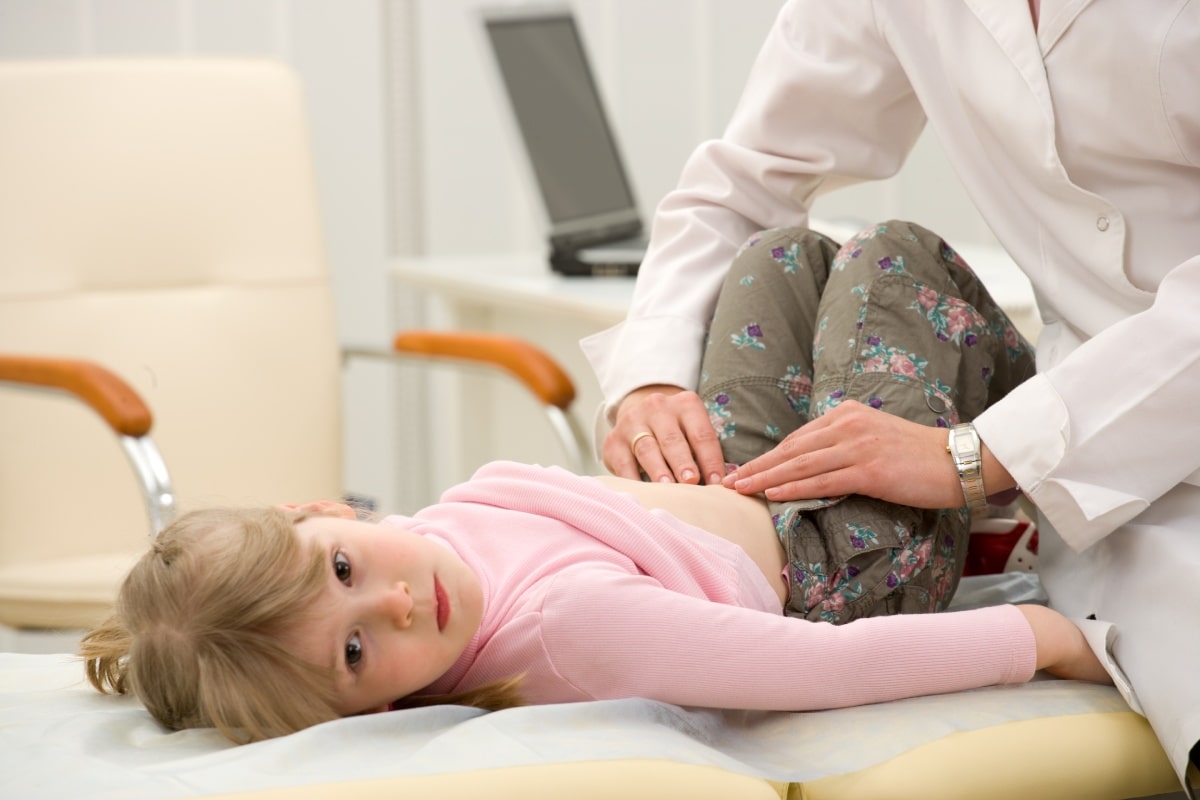 UTIs, including bladder infections, are common bacterial infections in children.
UTIs, including bladder infections, are common bacterial infections in children.Which children are more likely to develop bladder infections?
Children of any age—from infants to teenagers—can get UTIs, including bladder infections. Girls are more likely to develop UTIs than boys, except during the first year of life.2
Girls get bladder infections more often than boys, which may be due to their anatomy. Girls have short urethras located close to the anus, a source of bacteria. Therefore, bacteria from the anus may more easily enter the female urinary tract and cause a bladder infection.
Boys younger than age 1 who haven’t been circumcised have a higher risk of getting UTIs than circumcised boys.1 The foreskin of the penis can be a source of bacteria, which can travel to the bladder. However, most uncircumcised boys don’t get UTIs.
Teenagers who are sexually active may be more likely to get bladder infections.
Children are also more likely to get bladder infections if they have
- difficulty emptying their bladders completely or using the bathroom when they feel the need to urinate
- an abnormality in the urinary tract, such as vesicoureteral reflux
- constipation
- a urinary tract blockage, such as a kidney stone
- a personal or family history of UTIs
- diabetes or problems with their immune system
- problems with bladder function, such as overactive bladder
- a neurologic issue, such as spina bifida
What are the complications of bladder infections in children?
When diagnosed early and treated properly, most bladder infections in children don’t lead to complications.
If untreated, a bladder infection can spread to one or both of your child’s kidneys. Kidney infections are often very painful. Without treatment, kidney infections can cause serious health problems, such as permanent kidney damage.
The risk for kidney damage is higher in young children than in older children and adults.
References
Symptoms & Causes
What are the symptoms of bladder infections in children?
Bladder infection symptoms can be very different in children than in adults, especially for infants and children younger than age 2 years.
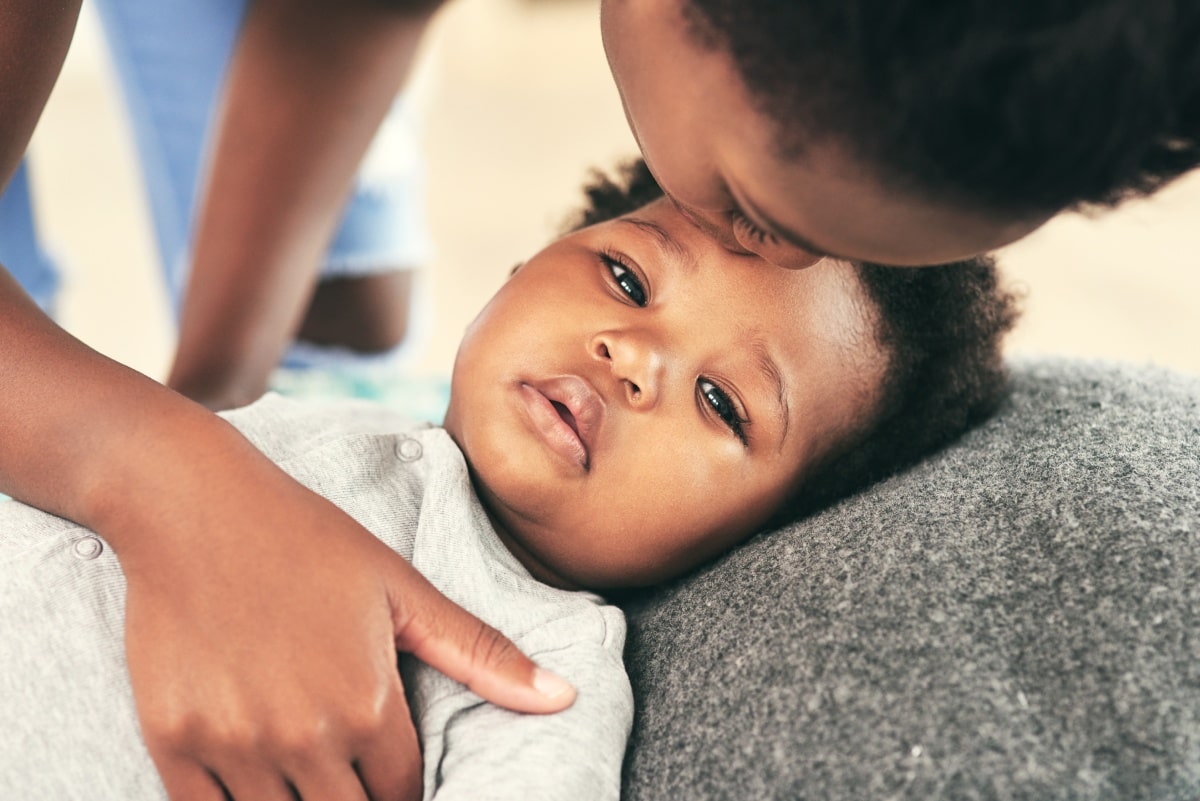 Bladder infection symptoms can be different in children than in adults.
Bladder infection symptoms can be different in children than in adults.Young children
Children younger than age 2 years may not have any symptoms of a bladder infection. They also may be too young to tell you something feels wrong. A urine test is the only way to know for sure if your child has a bladder infection.
Symptoms of a bladder infection in a child younger than age 2 years may include
Older children
Symptoms of a bladder infection in a child age 2 years and older may include
- a burning feeling or pain when urinating
- cloudy, bloody, or strong-smelling urine
- fever
- frequent or intense urges to urinate, even when there’s little urine to pass
- leaking urine by accident after a child has been toilet trained
- pain or discomfort in the lower abdomen
When should I seek a health care professional’s help for my child?
Contact a health care professional if your child has symptoms of a bladder infection or a fever without a clear cause.
Bladder infections can spread to one or both kidneys. Quick treatment is important if your child has symptoms of a kidney infection, such as
- fever and chills
- nausea or vomiting
- pain in the back, side, or groin
Kidney infections may cause severe pain and serious health problems if not treated early.
What causes a bladder infection?
Bladder infections are most often caused by bacteria. Rarely, fungi and viruses may cause a bladder infection in children.
Normally, the body keeps bacteria in the urinary tract in balance. Emptying the bladder, or urinating, is one way the body helps keep a healthy number of bacteria in the bladder. Emptying the bladder also helps get rid of any bacteria that may cause a urinary tract infection (UTI).
Diagnosis
How do health care professionals diagnose bladder infections in children?
Health care professionals use a medical history, a physical exam, and lab tests to diagnose bladder infections in children. Health care professionals may also order imaging tests.
What tests do health care professionals use to diagnose bladder infections?
Health care professionals use lab tests to diagnose bladder infections in children. They may also use imaging tests to check for problems in the urinary tract that can lead to infection.
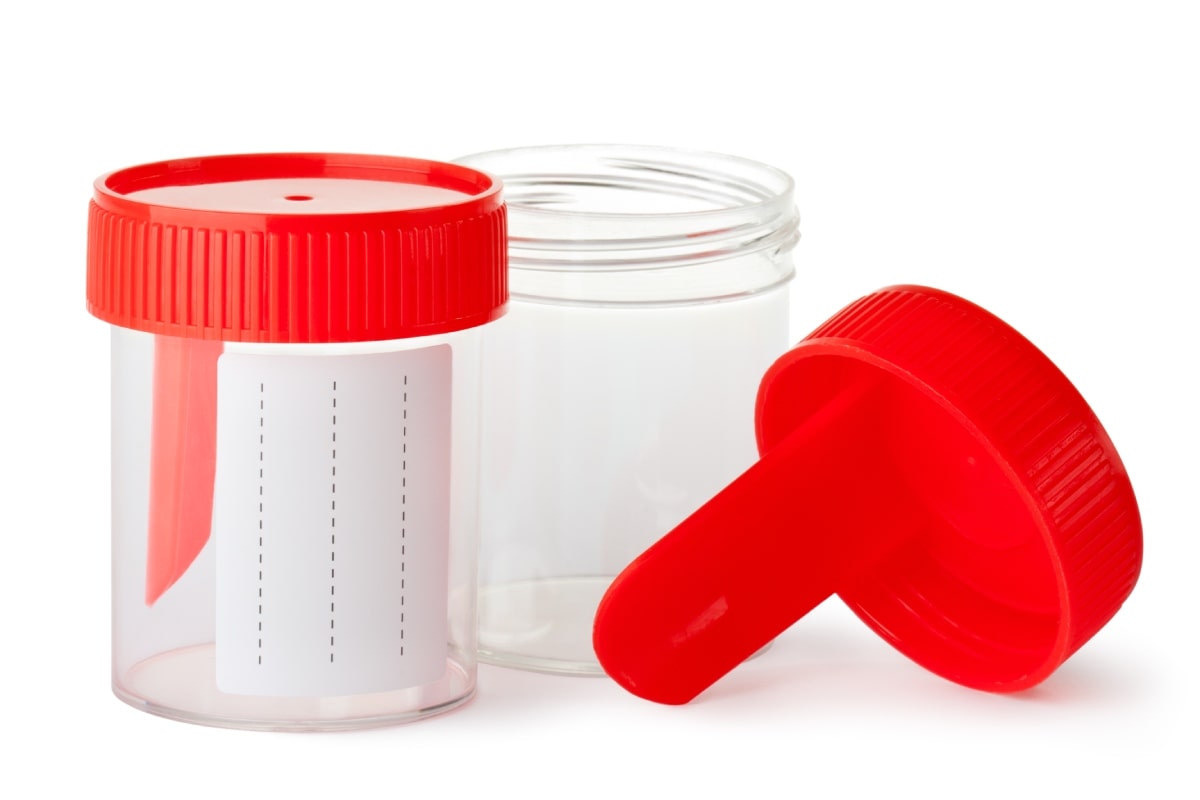 Health care professionals may use lab tests to help diagnose bladder infections.
Health care professionals may use lab tests to help diagnose bladder infections.Lab tests
Urinalysis
Urinalysis checks a urine sample for white blood cells, signs of inflammation, and blood in the urine. The body produces white blood cells when fighting infections caused by bacteria. Health care professionals use a catheter to get a urine sample from babies and small children who aren’t toilet trained.
Urine culture
Urine culture checks for bacteria in the urine. This test may help to see whether antibiotics are a treatment option for your child. You will typically get your child’s test results in a few days.
Imaging tests
A health care professional may use imaging tests to find the cause of your child’s infection. Imaging tests may include
- ultrasound, a painless test that uses sound waves to look inside the body without exposing your child to radiation
- voiding cystourethrogram, a test that uses x-rays to see if there are problems in the bladder and urethra and to show if your child’s urine flows backward, a condition called vesicoureteral reflux
- dimeracaptosuccinic acid (DMSA) renal scan, a test to look for kidney damage or kidney inflammation in a child who has repeat urinary tract infections with a fever
Treatment
How do health care professionals treat bladder infections in children?
If your child has a bladder infection caused by bacteria, your child’s health care professional will prescribe antibiotics. You can help speed up your child’s recovery and ease symptoms by offering more liquids. Drinking more liquids helps flush the bacteria out of your child’s urinary tract.
Medicines
A health care professional will select the right antibiotic for your child based on
- your child’s age
- the type of bacteria causing the infection
- any known allergies to antibiotics
Children older than age 2 months usually take an antibiotic by mouth as a liquid or tablet. Children younger than age 2 months or children who are vomiting may go to a hospital for intravenous (IV) antibiotics.
The length of antibiotic treatment depends on
- how severe the infection is
- whether your child’s symptoms and infection go away
- whether your child has repeat bladder infections
- whether your child has other problems in the urinary tract
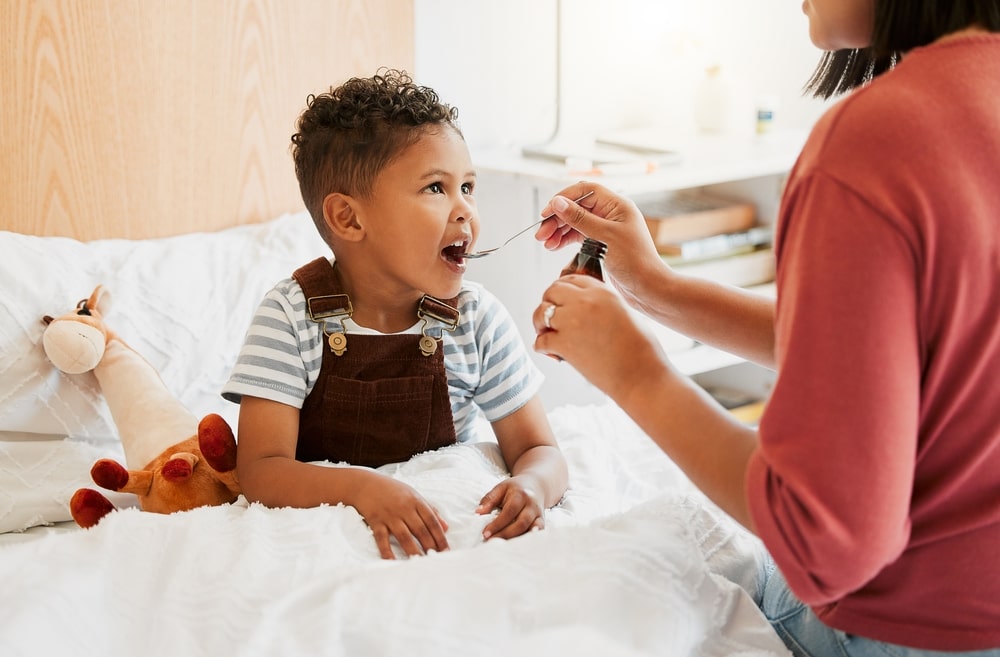 Your child may take antibiotics to treat a bladder infection.
Your child may take antibiotics to treat a bladder infection.Self-care at home
Help speed up your child’s healing and ease their symptoms at home by encouraging them to
- drink plenty of liquids; water is best
- eat foods high in water content
- urinate often and completely to flush bacteria from the urinary tract
- use a heating pad on the back or abdomen to ease any pain
Ask your child’s health care professional about the amount of liquids that is right for them and which foods are high in water content.
How do health care professionals treat the complications of bladder infections in children?
If your child’s bladder infection leads to a kidney infection, a health care professional will prescribe antibiotics. If your infant or young child is very sick from the kidney infection or other complications, they may need to go to the hospital.
How can I help my child prevent a bladder infection?
You may help your child prevent a bladder infection by following the steps below.
Keep the urinary tract healthy
Keep your child’s urinary tract healthy by encouraging them to
- drink plenty of liquids; water is best
- use the bathroom when they feel the need to urinate
- take the time to fully empty their bladders when urinating
- avoid constipation
Follow good diapering habits
Parents and caregivers should change diapers often and clean the genital area well. Gentle cleansers that don’t irritate the skin are best.
Seek treatment for related health problems
Certain health problems—such as constipation or vesicoureteral reflux—make it easier for children to get bladder infections. Health care professionals can treat some of these problems with medicines, behavior changes, or both. In some cases, health care professionals may refer your child to a pediatric urologist.
Eating, Diet, & Nutrition
How can my child’s diet help prevent or relieve a bladder infection?
Researchers don’t think that diet can help prevent or treat most bladder infections in children. However, eating high-fiber foods to prevent constipation may help prevent some bladder infections in children.
Cranberry products—including cranberry juice, extract, or pills—don’t treat existing bladder infections. Some research says that cranberry products may help prevent bladder infections, but there isn’t enough evidence to be sure.3
For safety reasons, talk with a health care professional before giving your child dietary supplements, such as vitamins, or using any complementary or alternative medicines or medical practices.
Can drinking liquids help prevent or relieve a bladder infection?
Drinking enough liquids can keep your child hydrated and help prevent or relieve bladder infections. Drinking enough liquids can also help prevent constipation, which may help prevent some bladder infections in children. Water is best.
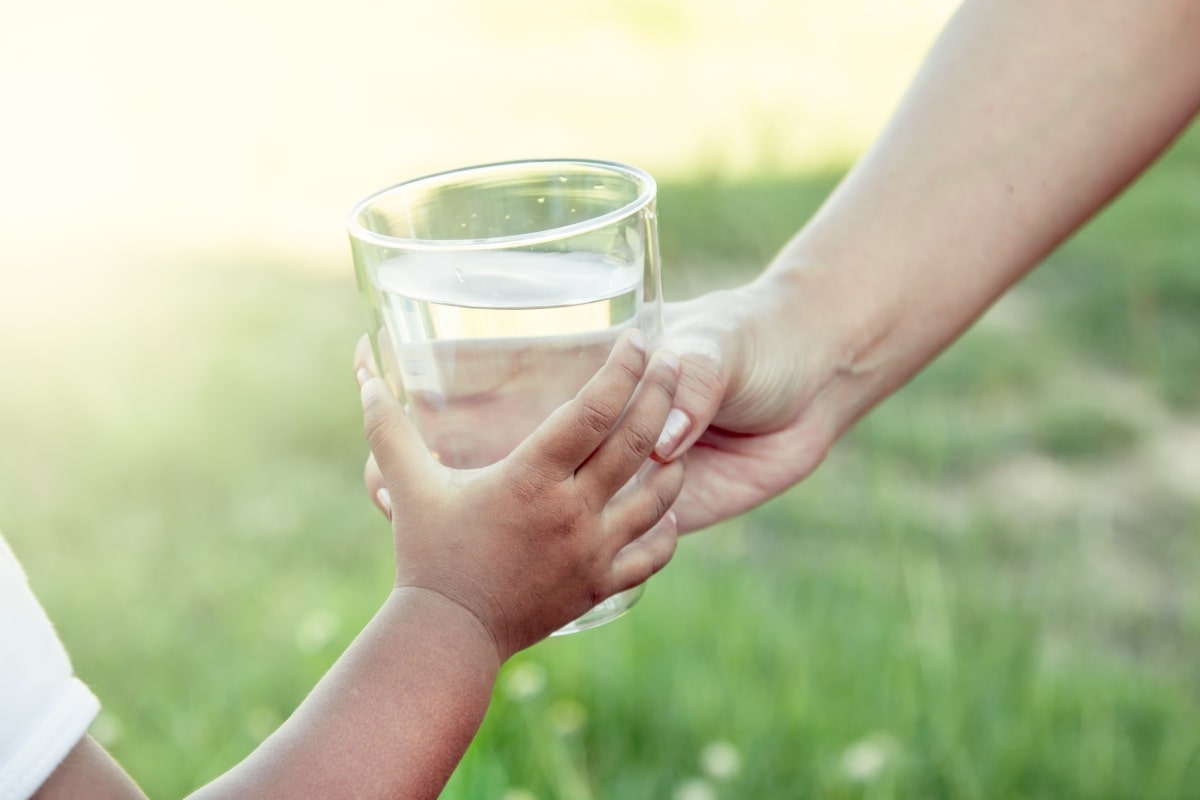 Drinking plenty of liquids can help ease or prevent bladder infections in children. Water is best.
Drinking plenty of liquids can help ease or prevent bladder infections in children. Water is best.Reference
Clinical Trials
NIDDK conducts and supports clinical trials in many diseases and conditions, including urologic diseases. The trials look to find new ways to prevent, detect, or treat disease and improve quality of life.
Why are clinical trials with children important?
Children respond to medicines and treatments differently than adults. The way to get the best treatments for children is through research designed specifically for them.
We have already made great strides in improving children’s health outcomes through clinical trials—and other types of clinical studies. Vaccines, treatments for children with cancer, and interventions for premature babies are just a few examples of how this targeted research can help. However, we still have many questions to answer and more children waiting to benefit.
The data gathered from trials and studies involving children help health care professionals and researchers
- find the best dose of medicines for children
- find treatments for conditions that only affect children
- treat conditions that behave differently in children than in adults
- find safe and effective medicines for children
How do I decide if a clinical trial is right for my child?
We understand you have many questions, want to weigh the pros and cons, and need to learn as much as possible. Deciding to enroll in a study can be life changing for you and for your child. Depending on the outcome of the study, your child may find relief from their condition, see no benefit, or help to improve the health of future generations.
Talk with your child and consider what would be expected. What could be the potential benefit or harm? Would you need to travel? Is my child well enough to participate? While parents or guardians must give their permission, or consent, for their children to join a study, the children must also agree to participate, if they are capable (verbal). In the end, no choice is right or wrong. Your decision is about what is best for your child.
The National Institutes of Health (NIH) is committed to ensuring you get all the information you need to feel comfortable and make informed decisions. The safety of children remains the utmost priority for all NIH research studies. For more resources to help decide if clinical trials are right for your child, visit Clinical Trials and You: Parents and Children.
What aspects of bladder infection are being studied in children?
Researchers study many aspects of urinary tract infections (UTI), including bladder infections in children, such as
- antibiotic alternatives to treat UTIs in children
- alternative methods to diagnose UTIs in children
- ways to prevent repeat UTIs in children
Watch a video of NIDDK Director Dr. Griffin P. Rodgers explaining the importance of participating in clinical trials.
What clinical studies for bladder infection are available for child participants?
You can view a filtered list of clinical studies on bladder infection in children that are federally funded, open, and recruiting at ClinicalTrials.gov. You can expand or narrow the list to include clinical studies from industry, universities, and individuals; however, the NIH does not review these studies and cannot ensure they are safe. If you find a trial you think may be right for your child, talk with your child’s health care provider about how to enroll.
This content is provided as a service of the National Institute of Diabetes and Digestive and Kidney Diseases
(NIDDK), part of the National Institutes of Health. NIDDK translates and disseminates research findings to increase knowledge and understanding about health and disease among patients, health professionals, and the public. Content produced by NIDDK is carefully reviewed by NIDDK scientists and other experts.
NIDDK would like to thank:
Doug Storm, M.D., Children’s Wisconsin

